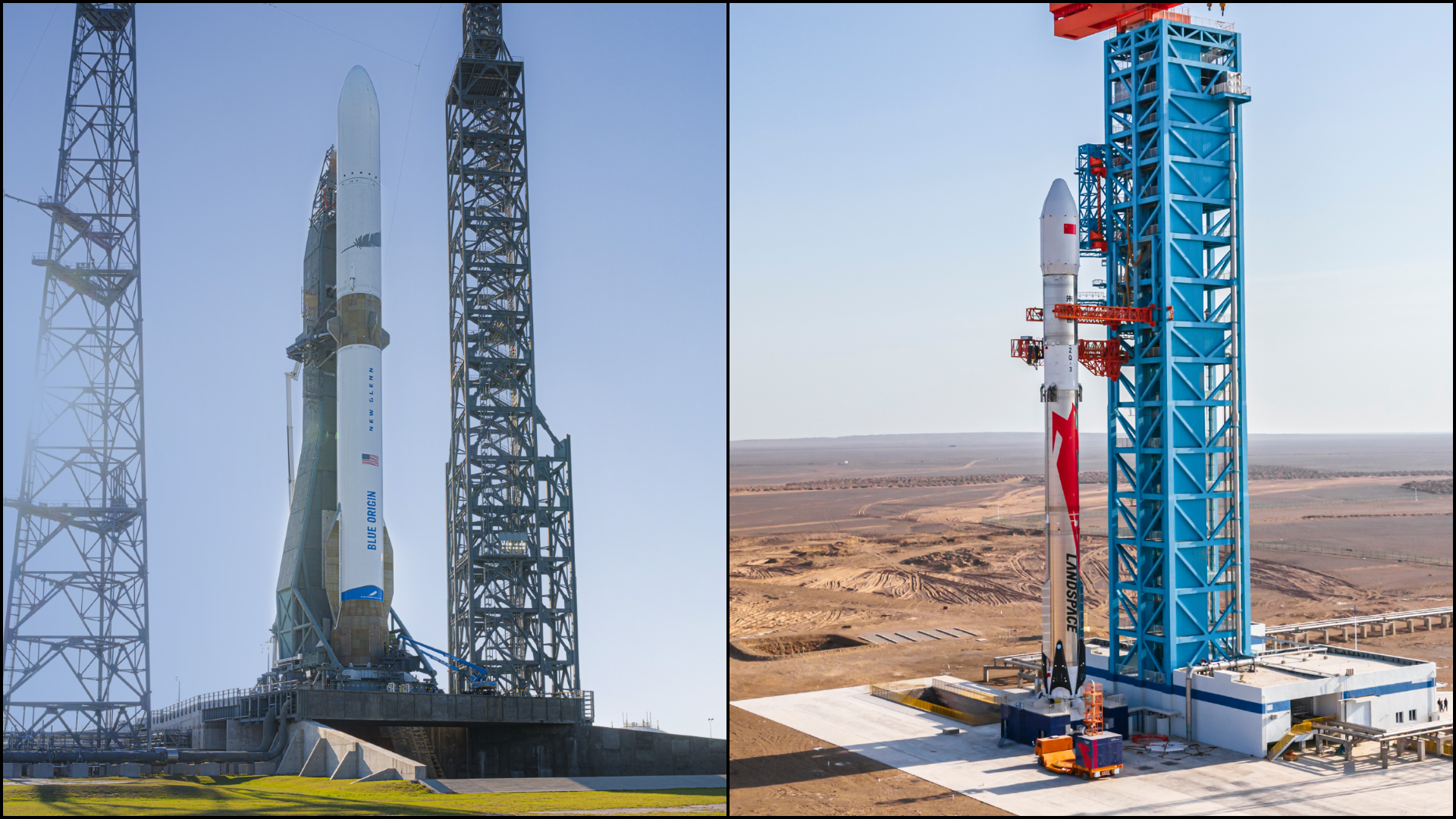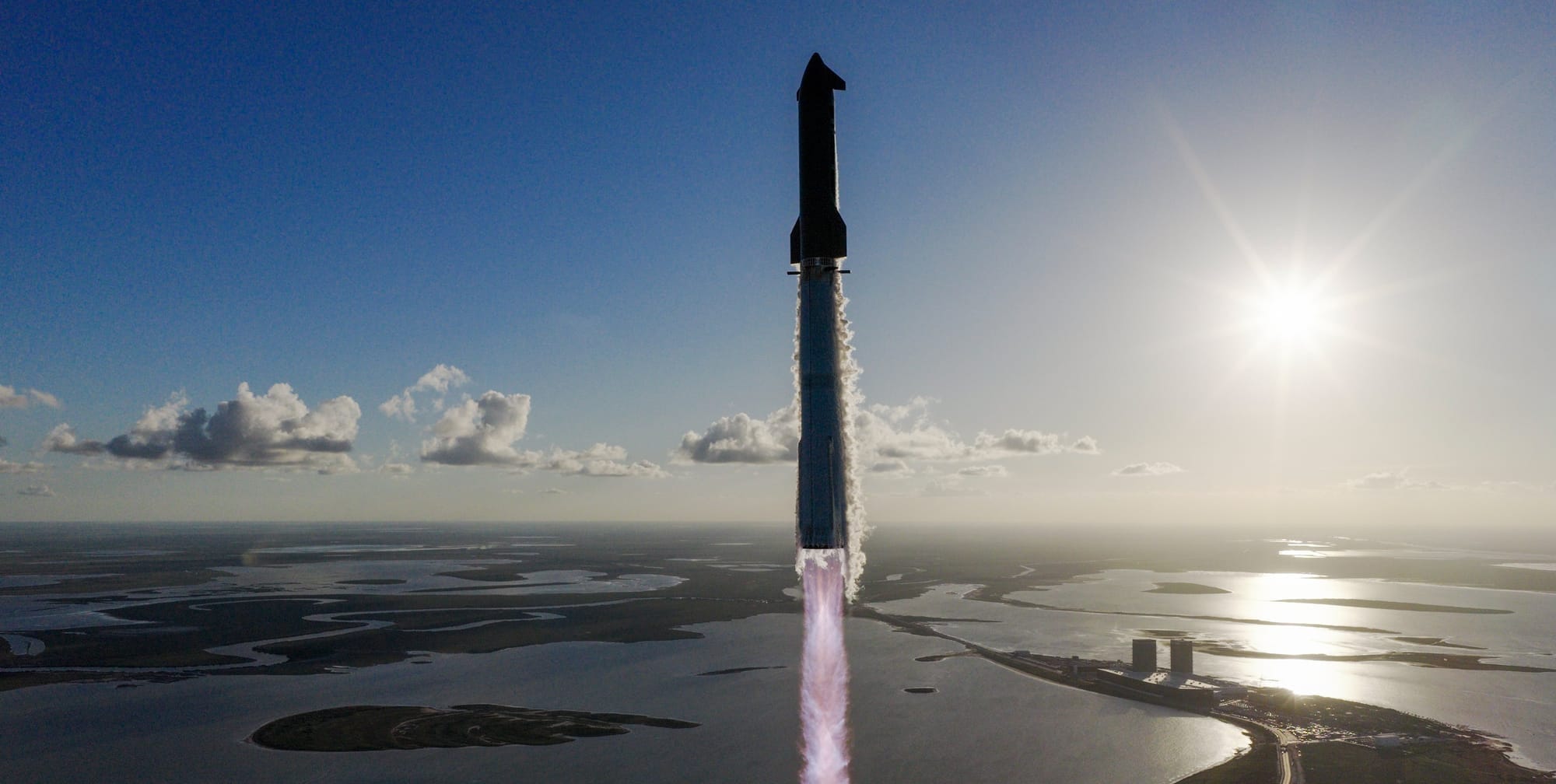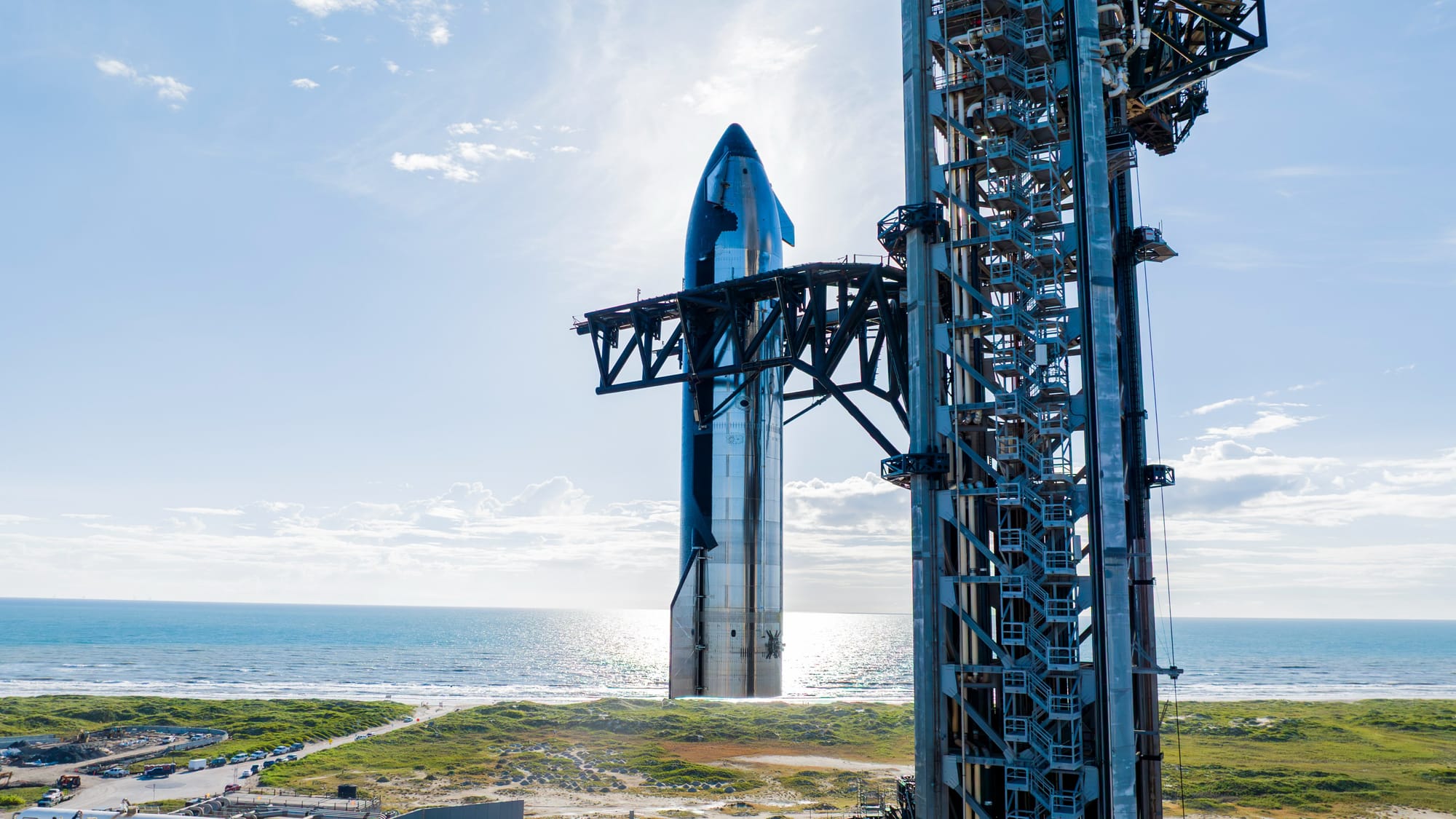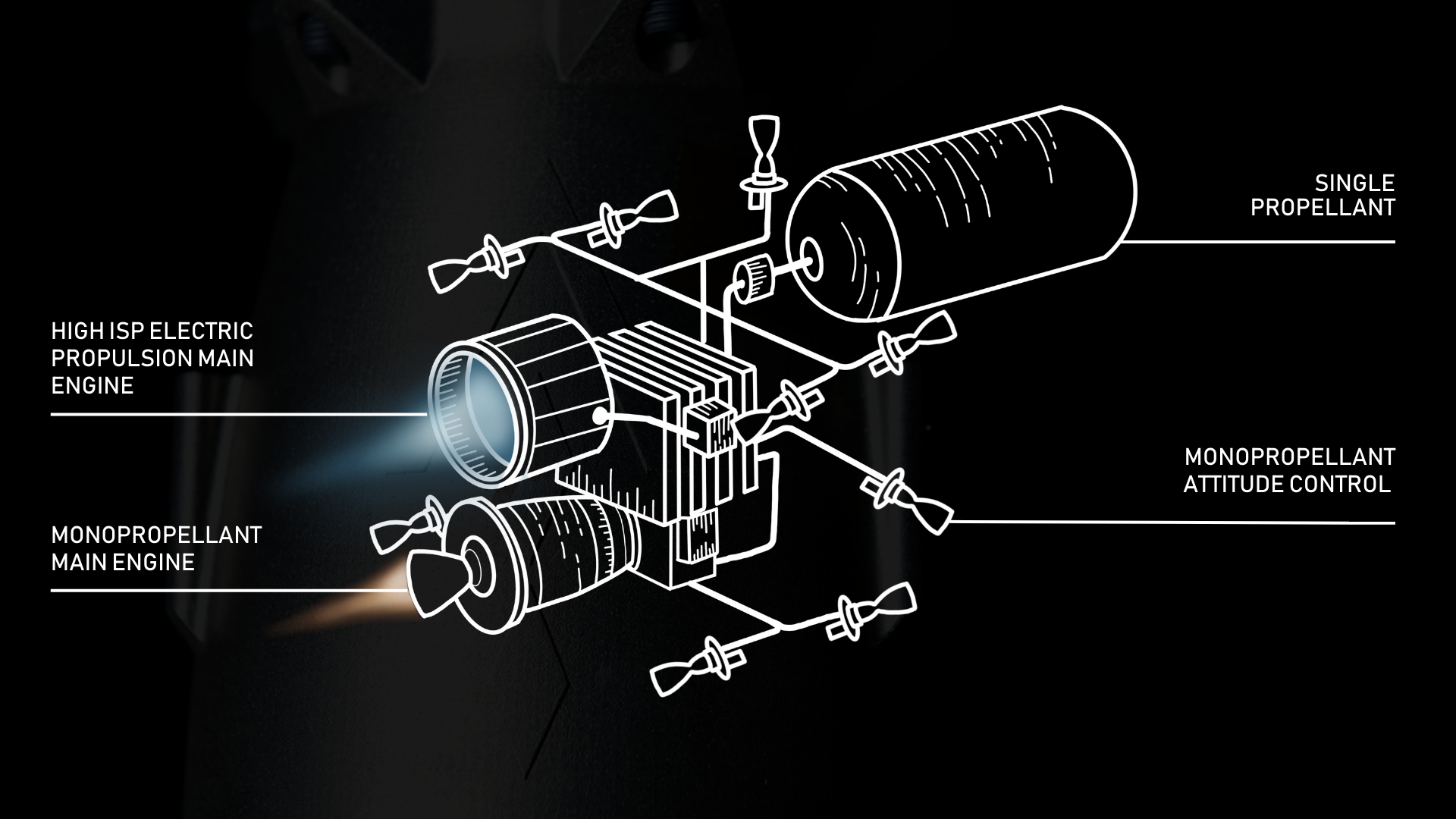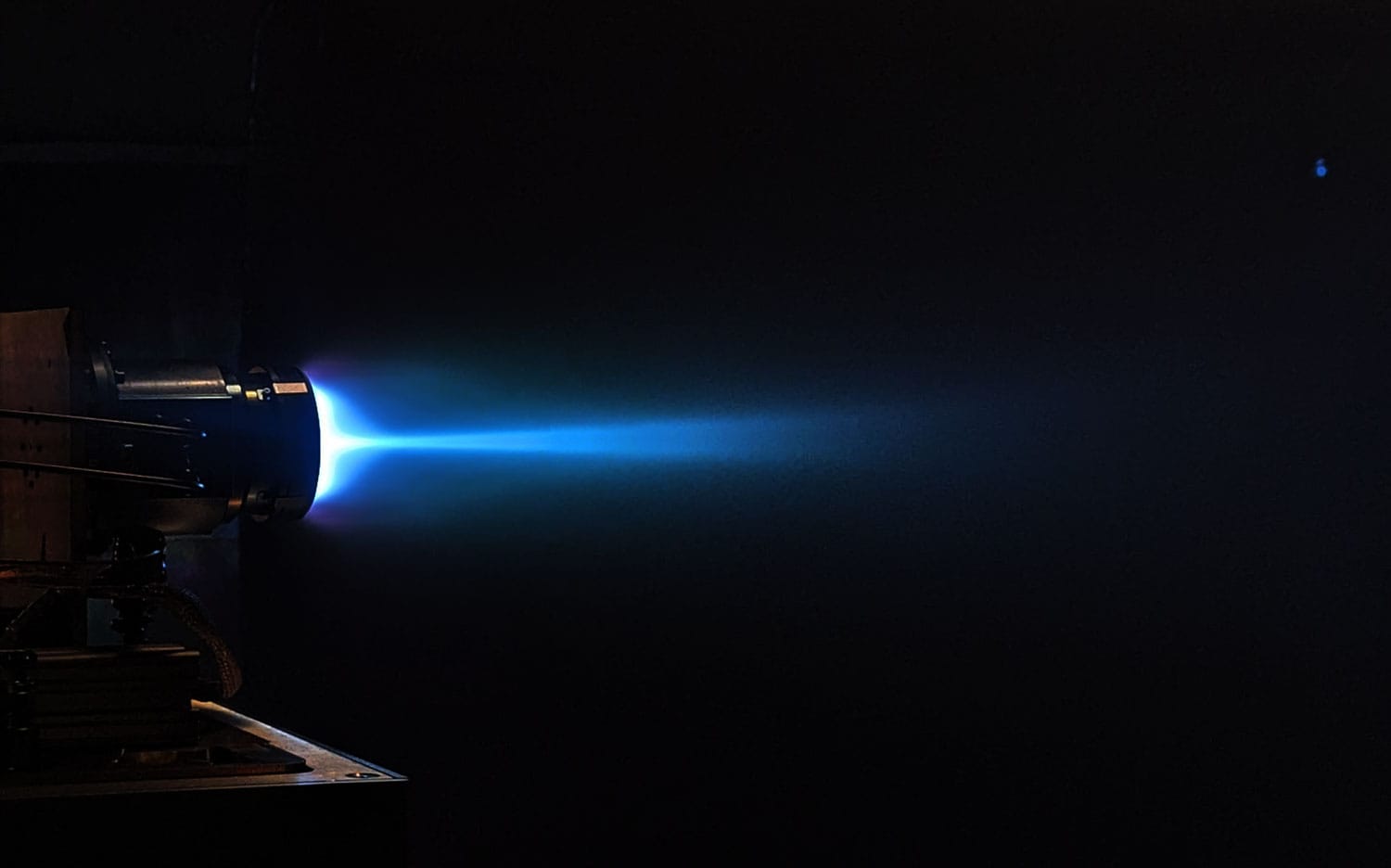Table of Contents
SpaceX currently operates the world's only partially reusable rocket with its Falcon 9, having landed its first-stage boosters over five hundred times since December 2015. Now, almost a decade later, two companies from different nations are racing to be the second* to achieve the feat.
In Florida, Blue Origin has been preparing to fly its giant New Glenn rocket for the second time, following a largely successful debut flight in January. In that mission, the rocket carried a demonstrator payload, and its first-stage failed to reenter the atmosphere after ascent.
The second flight of New Glenn is set to have the 98-meter-tall and 7-meter-wide rocket lob two small Mars orbiting spacecraft, for the ESCAPADE (Escape and Plasma Acceleration and Dynamics Explorers) mission, out of Earth orbit and toward the red planet. Since April, preparations and tests have been underway for the second flight, like a static fire of the second-stage with its twin liquid hydrogen and liquid oxygen burning expander cycle BE-3U engines.
While the rocket's payloads will be off to Mars, the first-stage will be coming back down towards Earth. More specifically, it will be targeting a landing on Blue Origin's 'Jacklyn' drone ship downrange in the Atlantic Ocean.
As of October 29th, New Glenn's second flight is at Launch Complex 36, awaiting a first-stage static fire of its seven oxygen-rich staged combustion liquid methane and liquid oxygen burning BE-4 engines.
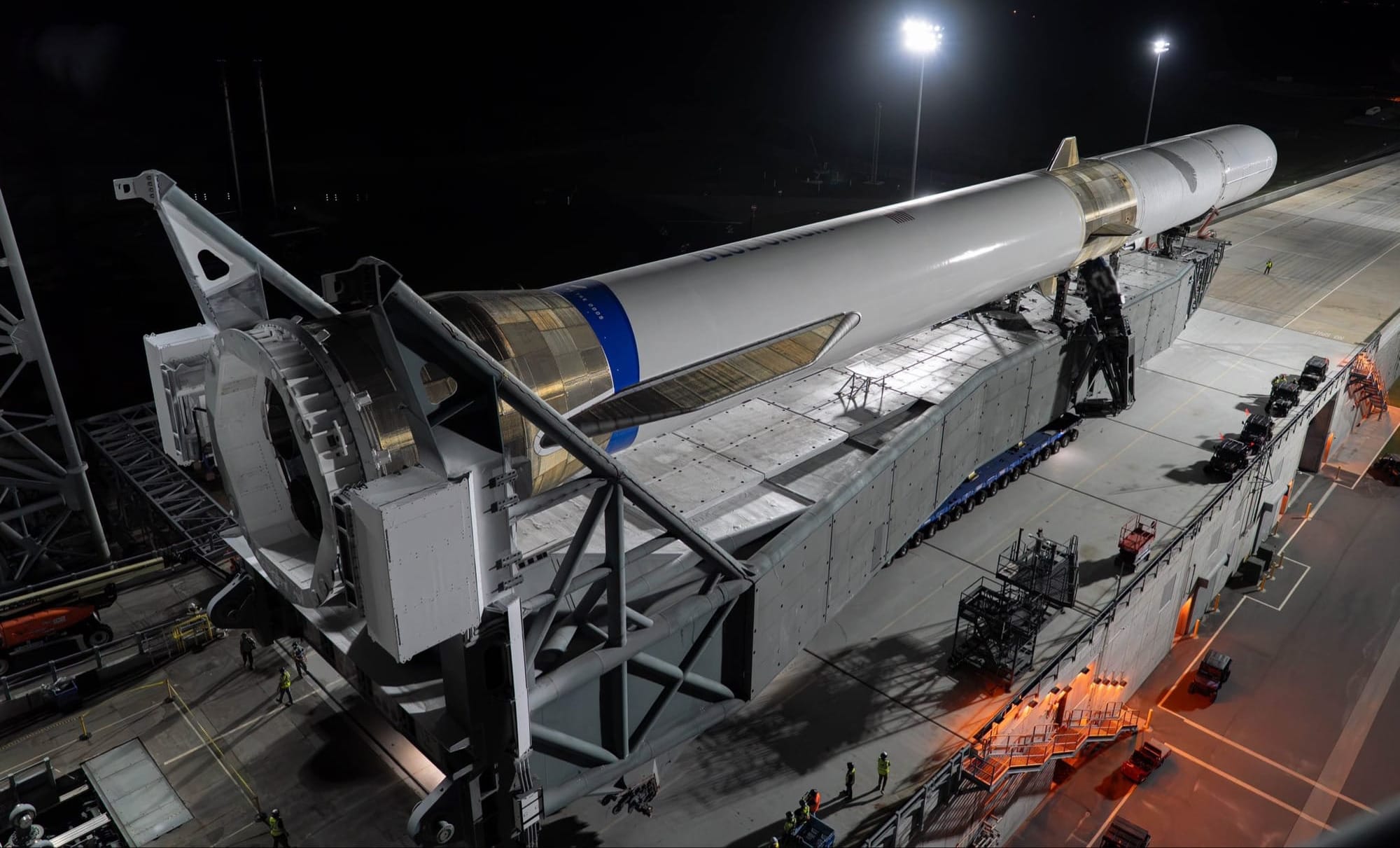
Over in China, LandSpace is preparing to fly its Zhuque-3 launch vehicle for the first time. While being smaller than New Glenn, the vehicle is still very capable, with a payload capacity of low Earth orbit of 11,800 kilograms in its current configuration.
LandSpace opted to build the 66-meter-tall and 4.5-meter-wide Zhuque-3 out of stainless steel while fueling it with liquid methane and liquid oxygen, which is then burned in nine engines on the first-stage and one on the second-stage. The engine powering both stages is the company's self-developed TQ-12A and TQ-15A gas generator cycle engines (proven on their smaller rocket).
For recovering the first-stage booster, Zhuque-3 resembles Falcon 9, with four grid fins attached near the top of it for unpowered descent through the atmosphere and four landing legs for a soft touchdown after engines relight for landing. Unlike SpaceX and Blue Origin, LandSpace will land its boosters on an inland pad built downrange from the launch site.
At the time of writing, Zhuque-3 is fully equipped for its debut launch from Launch Area 96B at the Jiuquan Satellite Launch Center.

At the moment, New Glenn could launch first with a target date of no earlier than November 9th. Meanwhile, Zhuque-3 is waiting for the return of the Shenzhou-20 mission, which has priority in the Jiuquan range, for its chance to launch, after the 5th of November at the earliest. Which of the rockets lands successfully remains to be seen.
*Starship's Super Heavy booster, also developed by SpaceX, was caught. It is also not used on a commercially operational launch vehicle.

